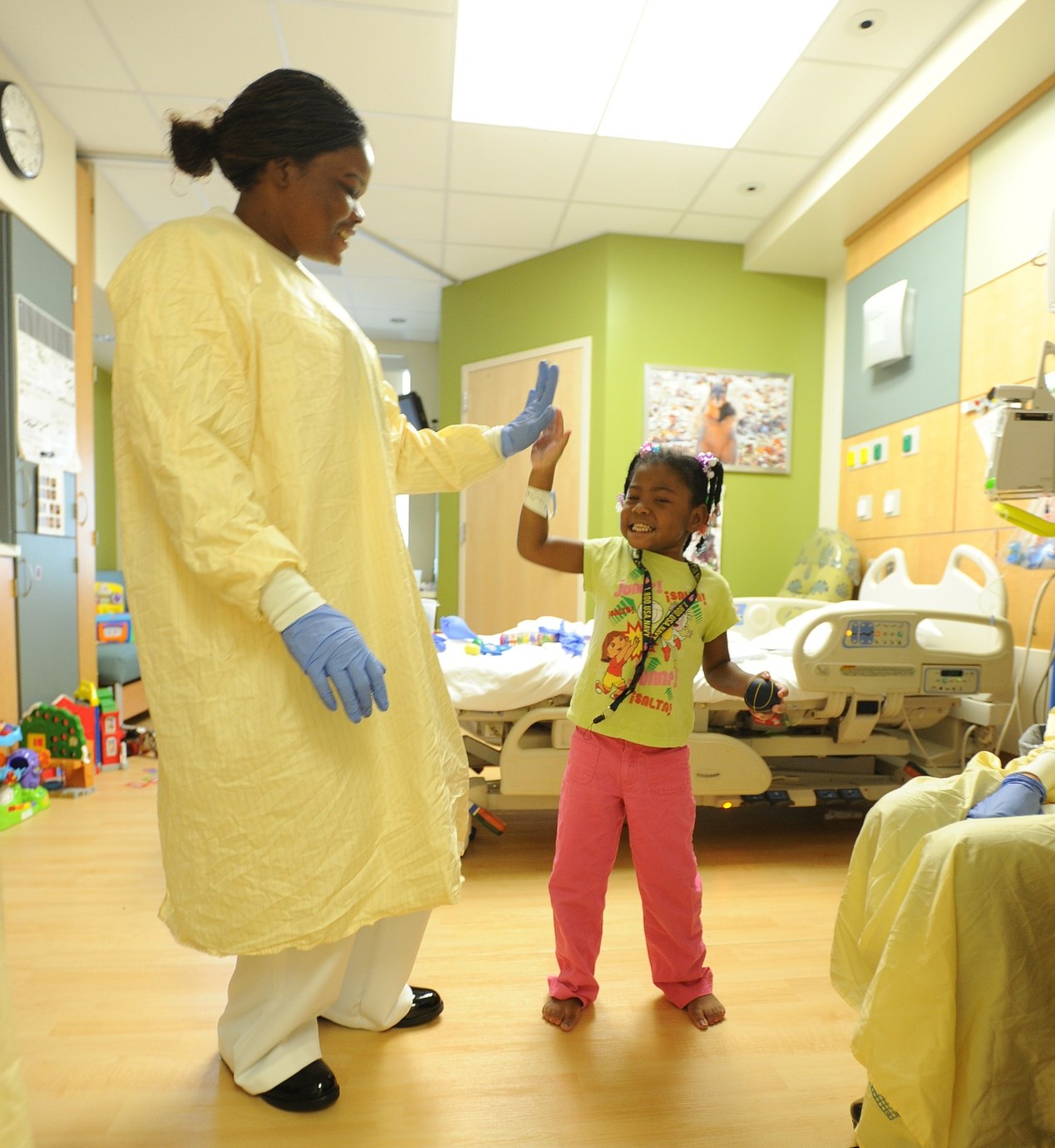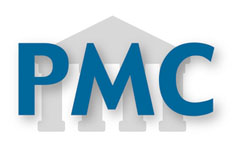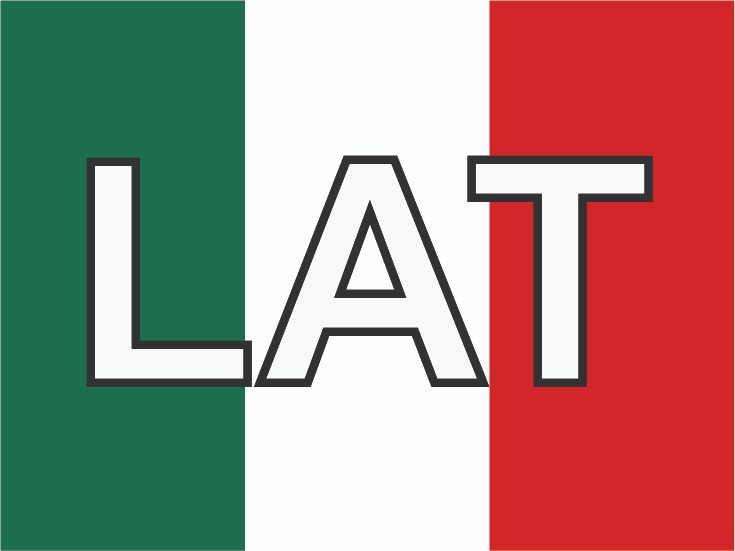Susceptibility to thiopurine toxicity by TPMT and NUDT15 variants in Colombian children with acute lymphoblastic leukemia
Abstract
Objective:This study aimed to correlate the genetic profile of the NUDT15 and TPMT genes with the side effects of the treatment of pediatric patients with acute lymphoid leukemia who were undergoing maintenance therapy at a tertiary care hospital in 2017.
Methods:This was an analytical, longitudinal, observational study in which the genotypes of the genes of interest were determined by PCR allelic discrimination with TaqMan® probes in patients receiving chemotherapy during the maintenance phase in the Pediatric Hematology and Oncology Unit in 2017. Sociodemographic and clinical data corresponding to the first six months of their maintenance chemotherapy were collected, and the correlation between the genotypes obtained and the development of side effects during the maintenance phase of chemotherapy in these patients was evaluated.
Results:Seventy pediatric patients were included in the study. Genetic analyses were carried out of these for NUDT15 and TPMT (rs1800462 and rs1800460) on 68 patients, while for the rs1142345 polymorphism, typing was achieved in 42 patients. 4/68 patients were heterozygous for NUDT15, and the same number of patients were heterozygous for rs1800462 and rs1142345, while for rs1800460, 6 heterozygous patients were identified. No statistically significant association was identified between the genetic variants and the outcomes of interest.
Conclusion:Studies with a larger population size are needed and the evaluation of other genetic variants that may influence the development of side effects during maintenance chemotherapy.
Authors
Downloads
Keywords
- Acute Lymphoid Leukemia
- Drug-Related Side Effects and Adverse Reactions
- Pharmacogenetics
- Children
- Thiopurine
References
PDQ Pediatric Treatment Editorial Board. Childhood Acute Lymphoblastic Leukemia Treatment (PDQ(R)): Health Professional Version. In: PDQ Cancer Information Summaries. Bethesda (MD): National Cancer Institute (US); 2002.
Cocce MC, Alonso CN, Rossi JG, et al. Cytogenetic and molecular findings in children with acute lymphoblastic leukemia: experience of a single institution in Argentina. Mol Syndromol. 2015; 6(4):193-203. https://doi.org/10.1159/000441046
Gowda C, Dovat S. Genetic targets in pediatric acute lymphoblastic leukemia. Adv Experim Med Biol. 2013; 779: 327-340. https://doi.org/10.1007/978-1-4614-6176-0_15
Lim JY, Bhatia S, Robison LL, Yang JJ. Genomics of racial and ethnic disparities in childhood acute lymphoblastic leukemia. Cancer. 2014; 120(7): 955-962. https://doi.org/10.1002/cncr.28531
Winestone LE, Aplenc R. Disparities in survival and health outcomes in childhood leukemia. Curr Hematol Malig Rep. 2019;14(3):179-186. https://doi.org/10.1007/s11899-019-00515-x
Hunger SP, Mullighan CG. Acute Lymphoblastic Leukemia in Children. New Engl J Med. 2015;373(16):1541-1552. https://doi.org/10.1056/NEJMra1400972
Hunger SP, Lu X, Devidas M, et al. Improved survival for children and adolescents with acute lymphoblastic leukemia between 1990 and 2005: a report from the children's oncology group. J Clin Oncol. 2012; 30(14):1663-1669. https://doi.org/10.1200/JCO.2011.37.8018
Tasian SK, Loh ML, Hunger SP. Childhood acute lymphoblastic leukemia: Integrating genomics into therapy. Cancer. 2015;121(20):3577-3590. https://doi.org/10.1002/cncr.29573
Nguyen K, Devidas M, Cheng SC, et al. Factors influencing survival after relapse from acute lymphoblastic leukemia: a Children's Oncology Group study. Leukemia. 2008;22(12):2142-2150. https://doi.org/10.1038/leu.2008.251
Prucker C, Attarbaschi A, Peters C, et al. Induction death and treatment-related mortality in first remission of children with acute lymphoblastic leukemia: a population-based analysis of the Austrian Berlin-Frankfurt-Munster study group. Leukemia. 2009;23(7):1264-1269. https://doi.org/10.1038/leu.2009.12
Christensen MS, Heyman M, Mottonen M, et al. Treatment-related death in childhood acute lymphoblastic leukaemia in the Nordic countries: 1992-2001. British J Haematol. 2005;131(1):50-58. https://doi.org/10.1111/j.1365-2141.2005.05736.x
O'Connor D, Bate J, Wade R, et al. Infection-related mortality in children with acute lymphoblastic leukemia: an analysis of infectious deaths on UKALL2003. Blood. 2014;124(7):1056-1061. https://doi.org/10.1182/blood-2014-03-560847
Relling MV, Schwab M, Whirl-Carrillo M, et al. Clinical Pharmacogenetics Implementation Consortium (CPIC) guideline for thiopurine dosing based on TPMT and NUDT15 genotypes: 2018 update. Clin Pharmacol Therap. 2018 . https://doi.org/10.1002/cpt.1304
Mei L, Ontiveros EP, Griffiths EA, Thompson JE, Wang ES, Wetzler M. Pharmacogenetics predictive of response and toxicity in acute lymphoblastic leukemia therapy. Blood Rev. 2015;29(4):243-249. https://doi.org/10.1016/j.blre.2015.01.001
Lopez-Lopez E, Gutierrez-Camino A, Bilbao-Aldaiturriaga N, Pombar-Gomez M, Martin-Guerrero I, Garcia-Orad A. Pharmacogenetics of childhood acute lymphoblastic leukemia. Pharmacogenomics. 2014;15(10):1383-1398. https://doi.org/10.2217/pgs.14.106
El-Rashedy FH, Ragab SM, Dawood AA, Temraz SA. Clinical implication of thiopurine methyltransferase polymorphism in children with acute lymphoblastic leukemia: A preliminary Egyptian study. Indian J Med Paed Oncol. 2015;36(4):265-270. https://doi.org/10.4103/0971-5851.171553
Adam de Beaumais T, Fakhoury M, Medard Y, et al. Determinants of mercaptopurine toxicity in paediatric acute lymphoblastic leukemia maintenance therapy. British J Clin Pharmacol. 2011;71(4):575-584. https://doi.org/10.1111/j.1365-2125.2010.03867.x
Zgheib NK, Akika R, Mahfouz R, et al. NUDT15 and TPMT genetic polymorphisms are related to 6-mercaptopurine intolerance in children treated for acute lymphoblastic leukemia at the Children's Cancer Center of Lebanon. Pediat bBlood Cancer. 2017;64(1):146-150. https://doi.org/10.1002/pbc.26189
Yang JJ, Landier W, Yang W, et al. Inherited NUDT15 variant is a genetic determinant of mercaptopurine intolerance in children with acute lymphoblastic leukemia. J Clin Oncol. 2015;33(11):1235-1242. https://doi.org/10.1200/JCO.2014.59.4671
Moriyama T, Nishii R, Perez-Andreu V, et al. NUDT15 polymorphisms alter thiopurine metabolism and hematopoietic toxicity. Nature Genetics. 2016;48(4):367-373. https://doi.org/10.1038/ng.3508
Suzuki H, Fukushima H, Suzuki R, et al. Genotyping NUDT15 can predict the dose reduction of 6-MP for children with acute lymphoblastic leukemia especially at a preschool age. J Human Genetics . 2016. https://doi.org/10.1038/jhg.2016.55
Chiengthong K, Ittiwut C, Muensri S, et al. NUDT15 c.415C>T increases risk of 6-mercaptopurine induced myelosuppression during maintenance therapy in children with acute lymphoblastic leukemia. Haematol. 2016;101(1):e24-26. https://doi.org/10.3324/haematol.2015.134775
Kimura S, Hasegawa D, Yoshimoto Y, et al. Severe 6-mercaptopurine-induced hematotoxicity in childhood an ALL patient with homozygous NUDT15 missence variants. Japanese J Clin Hematol. 2016;57(6):748-753.
Liang DC, Yang CP, Liu HC, et al. NUDT15 gene polymorphism related to mercaptopurine intolerance in Taiwan Chinese children with acute lymphoblastic leukemia. Pharmacogenomics J . 2015. https://doi.org/10.1038/tpj.2015.75
Choudhry S, Coyle NE, Tang H, et al. Population stratification confounds genetic association studies among Latinos. Human Genetics. 2006;118(5):652-664. https://doi.org/10.1007/s00439-005-0071-3
Kishi S, Cheng C, French D, et al. ancestry and pharmacogenetics of antileukemic drug toxicity. Blood. 2007;109(10):4151-4157. https://doi.org/10.1182/blood-2006-10-054528
Corvol H, De Giacomo A, Eng C, et al. Genetic ancestry modifies pharmacogenetic gene-gene interaction for asthma. Pharmacogenetics Genomics. 2009;19(7):489-496. https://doi.org/10.1097/FPC.0b013e32832c440e
Hoang PT, Ambroise J, Dekairelle AF, et al. Comparative pharmacogenetic analysis of risk polymorphisms in Caucasian and Vietnamese children with acute lymphoblastic leukemia: prediction of therapeutic outcome? Brit J Clin Pharmacol. 2015;79(3):429-440. https://doi.org/10.1111/bcp.12481
Suarez-Kurtz G, Pena SD, Struchiner CJ, Hutz MH. Pharmacogenomic diversity among brazilians: influence of ancestry, self-reported color, and geographical origin. Frontiers Pharmacol. 2012;3:191. https://doi.org/10.3389/fphar.2012.00191
Trujillo AM, Linares-Ballesteros A, Sarmiento IC. Intensive chemotherapy in children with acute lymphoblastic leukemia. Interim analysis in a referral center in Colombia. Rev Fac Med. 2016;64(3):417-425. https://doi.org/10.15446/revfacmed.v64n3.53961
Yunis LK, Linares A, Cabrera E, Yunis JJ. Systematic molecular analysis of hemophilia A patients from Colombia. Genet Mol Biol. 2018;41(4):750-757. https://doi.org/10.1590/1678-4685-gmb-2017-0072
Ip SC, Lin SW, Lai KM. An evaluation of the performance of five extraction methods: Chelex(R) 100, QIAamp(R) DNA Blood Mini Kit, QIAamp(R) DNA Investigator Kit, QIAsymphony(R) DNA Investigator(R) Kit and DNA IQ. Sci Justice. 2015;55(3):200-208. https://doi.org/10.1016/j.scijus.2015.01.005
Wilfinger WW, Mackey K, Chomczynski P. Effect of pH and ionic strength on the spectrophotometric assessment of nucleic acid purity. Biotechniques. 1997;22(3):474-476, 478-481. https://doi.org/10.2144/97223st01
Desjardins P, Conklin D. NanoDrop microvolume quantitation of nucleic acids. J Vis Exp. 2010(45). https://doi.org/10.3791/2565
ALFA: Allele Frequency Aggregator. National Center for Biotechnology Information, U.S.; 2020. Available from: www.ncbi.nlm.nih.gov/snp/docs/gsr/alfa/.
Singh M, Bhatia P, Khera S, Trehan A. Emerging role of NUDT15 polymorphisms in 6-mercaptopurine metabolism and dose related toxicity in acute lymphoblastic leukaemia. Leuk Res. 2017;62:17-22. https://doi.org/10.1016/j.leukres.2017.09.012
Soler AM, Olano N, Mendez Y, et al. TPMT and NUDT15 genes are both related to mercaptopurine intolerance in acute lymphoblastic leukaemia patients from Uruguay. Brit J Haematol. 2018;181(2):252-255. https://doi.org/10.1111/bjh.14532
Yang JJ, Whirl-Carrillo M, Scott SA, et al. Pharmacogene Variation Consortium Gene Introduction: NUDT15. Clin Pharmacol Therapeutics . 2018. https://doi.org/10.1002/cpt.1268
Shah SAV, Paradkar MU, Desai DC, Ashavaid TF. Preemptive NUDT15 genotyping: redefining the management of patients with thiopurine-induced toxicity. Drug Metab Pers Ther. 2018;33(1):57-60. https://doi.org/10.1515/dmpt-2017-0038
Tanaka Y, Kato M, Hasegawa D, et al. Susceptibility to 6-MP toxicity conferred by a NUDT15 variant in Japanese children with acute lymphoblastic leukaemia. Brit J Haematol. 2015;171(1):109-115. https://doi.org/10.1111/bjh.13518
Isaza C, Henao J, Lopez AM, Cacabelos R. Allelic variants of the thiopurine methyltransferase (TPMT) gene in the Colombian population. Methods Find Exp Clin Pharmacol. 2003;25(6):423-429. https://doi.org/10.1358/mf.2003.25.6.769646
Garrido C, Santizo VG, Mullers P, et al. Frequency of thiopurine S-methyltransferase mutant alleles in indigenous and admixed Guatemalan patients with acute lymphoblastic leukemia. Med Oncol. 2013;30(1):474. https://doi.org/10.1007/s12032-013-0474-2
Boson WL, Romano-Silva MA, Correa H, Falcao RP, Teixeira-Vidigal PV, De Marco L. Thiopurine methyltransferase polymorphisms in a Brazilian population. Pharmacogenomics J. 2003;3(3):178-182. https://doi.org/10.1038/sj.tpj.6500175
Norris ET, Wang L, Conley AB, et al. Genetic ancestry, admixture and health determinants in Latin America. BMC Genomics. 2018;19(Suppl 8):861. https://doi.org/10.1186/s12864-018-5195-7
Lennard L, Cartwright CS, Wade R, Vora A. Thiopurine methyltransferase and treatment outcome in the UK acute lymphoblastic leukaemia trial ALL2003. Brit J Haematol. 2015;170(4):550-558. https://doi.org/10.1111/bjh.13469

Copyright (c) 2021 Universidad del Valle

This work is licensed under a Creative Commons Attribution-NonCommercial 4.0 International License.
The copy rights of the articles published in Colombia Médica belong to the Universidad del Valle. The contents of the articles that appear in the Journal are exclusively the responsibility of the authors and do not necessarily reflect the opinions of the Editorial Committee of the Journal. It is allowed to reproduce the material published in Colombia Médica without prior authorization for non-commercial use

 https://orcid.org/0000-0001-6007-2821
https://orcid.org/0000-0001-6007-2821


















